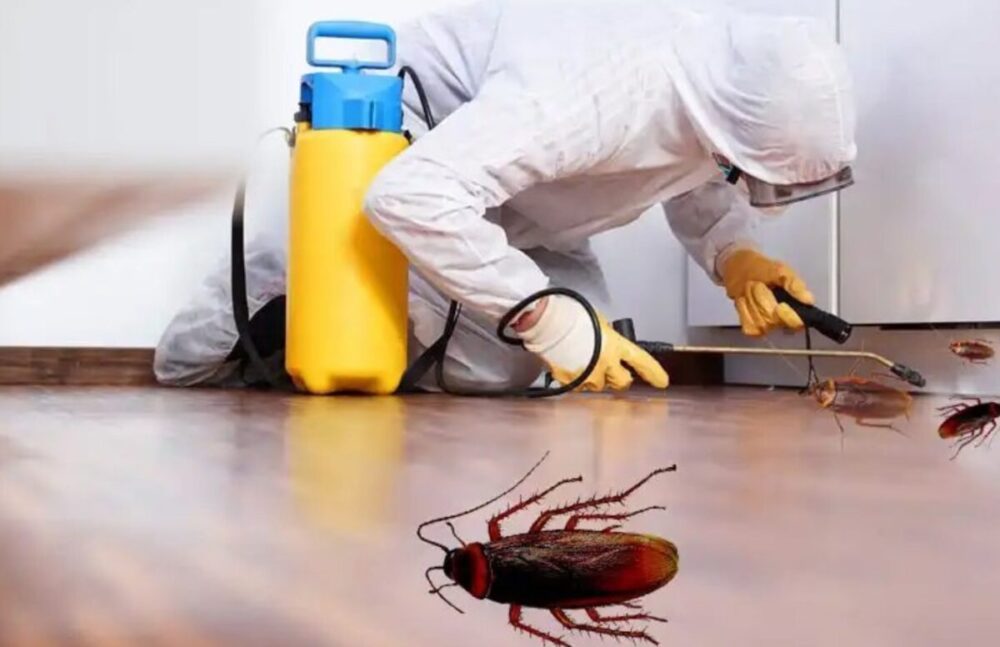We live in a world where we rely on the devices we most commonly use. We have our smartphones in our hands most of the time, and when we get tired of scrolling on social media, we like to take a break by watching our favorite shows. Nowadays the TVs we own are made with the best technology available on the market and we are prepared to pay more to get high-quality devices that offer us the best viewing experience. But what happens when your HD experience is interrupted by a poor antenna reception?
Most of the programs we are watching are HD and that means that we expect amazing images, perfect resolution and to feel like we are part of the show we are watching. In the past, we were used to seeing pixels and bad reception, but now, as everything gets better, we don’t want to see blurry images or partial white noise on our TV. When that happens, the first thing we suspect is the TV being damaged, but sometimes that’s not the case.
If you are experiencing poor antenna reception and bad signals, you probably feel frustrated and don’t know what to do. Here we are going to talk about that issue that’s not really uncommon. There are many things that could affect the TV reception and you can do something about most of them. Use our guide to upgrade your experience and to have one less thing to worry about.
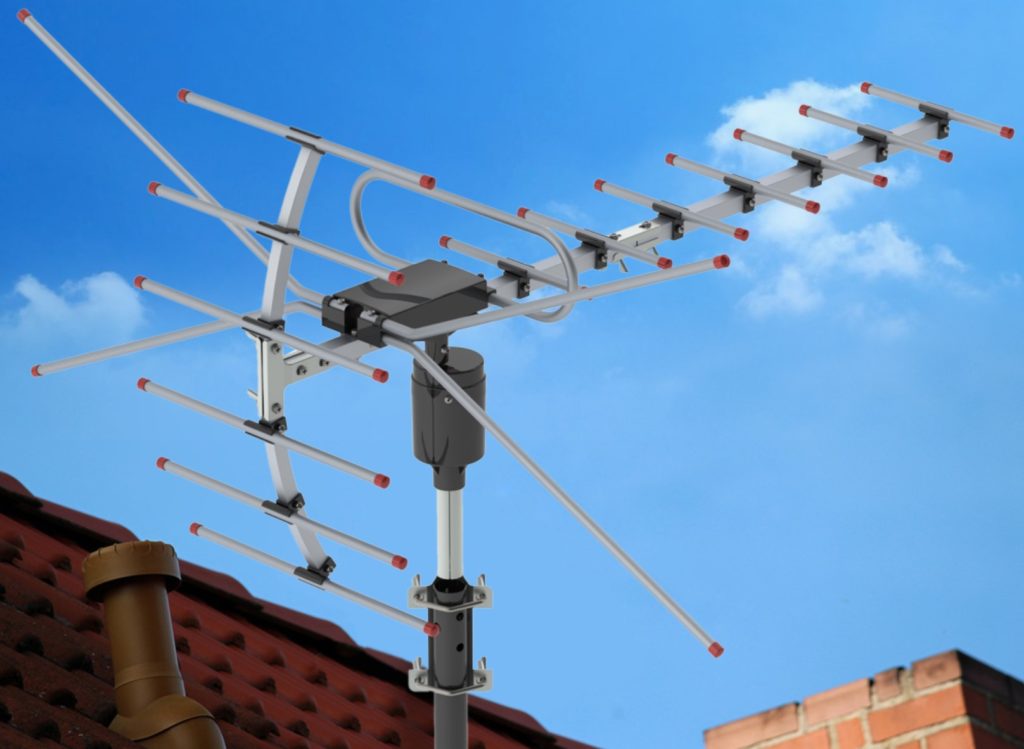
Choose the best antenna on the market
There are a lot of different antenna models on the market. Different brands offer you products with different features. Some units come with a built-in amplifier and some are one or multi-directional.
Depending on the place you live in, your provider and the channels you want, you should look for the best one that will fit your needs. Try different models to find which one will suit your needs best and the easiest way to do that is to find stores that offer returns or trial periods without too much trouble or added fees.
Install it as high as possible
There are two main models – indoor and rooftop antennas. The rooftop ones are usually better than the indoor. However, this all depends on the model, so do your research before buying one.
Always place the device as high as possible. If you are using an indoor model, place it near a window or check a few different locations where the signal is the best. If you live in a house, place it in the attic or at least on the highest floor. Don’t forget to place it near the ceiling as well, because that is the way to improve the HD reception.
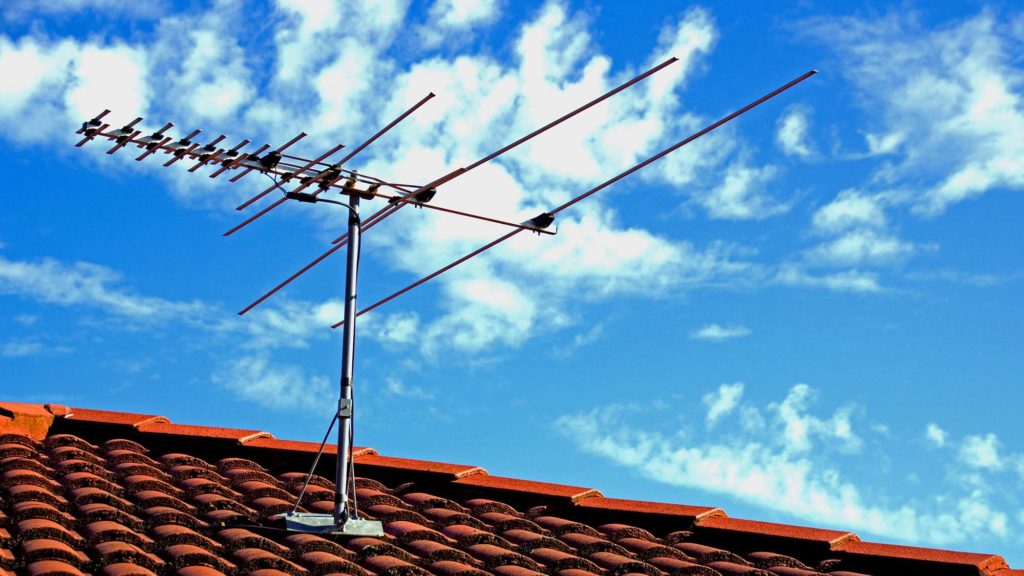
Get an amplifier
In most cases, an amplifier can help you get better reception. There are antennas with a built-in amp, but there are some models that don’t have one. Choose an amplifier that is compatible with your model and that you can set up with ease.
Make sure you rescan the channels when you get an amp and if your model is with a built-in one, you should try how it works when it is turned off as well.
Scan for channels
When you get an amplifier, or when you reposition your antenna, you will need to rescan for channels. You should also do this once every month, just to make sure you are not missing out on anything. Sometimes providers add new channels without letting the users know and you may be missing on something great.
In some cases, the antenna may be damaged even though you cannot see any visible issues. If the device is not working properly, you may not get all the channels you want and the signal may be lost. Rescanning won’t help and you will need to get it replaced or fixed. You can research and read more about how bad weather affects antennas and what you need to do to get them fixed before going out to buy a new one.
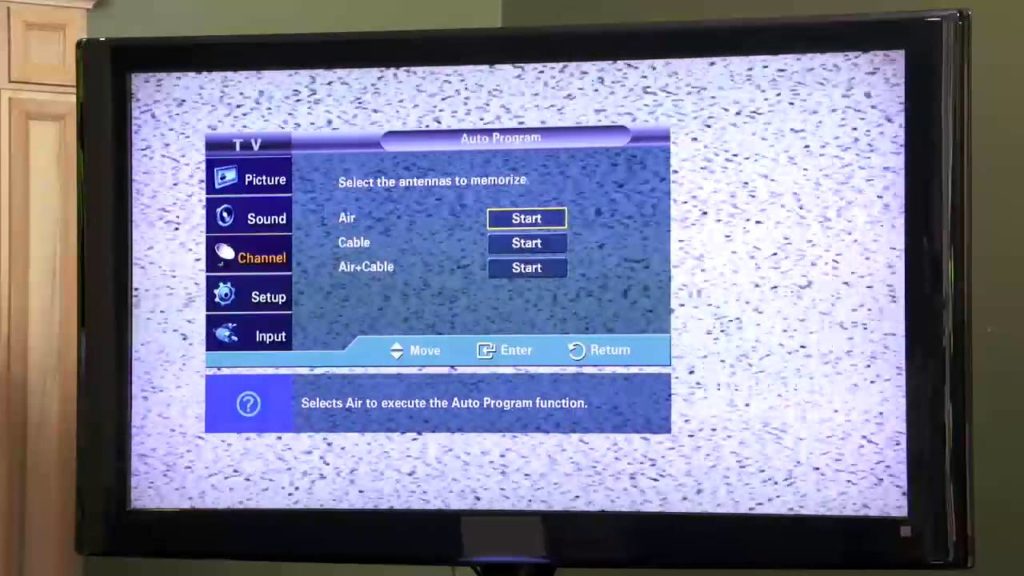
Point it in the right way
Some antennas are multidirectional and they don’t need to be manually pointed. However, most of them are directional, so you will have to manually do that.
The first thing you need to do is find out where your provider’s broadcast tower is located. You can easily find this out when you check their website or just do a Google search. Find the one that’s near you and point your antenna that way. You should also know that for some channels or stations, you will need to repoint it. So do your research on what your provider offers and act accordingly.
Things you cannot affect
Even though there are some things that you can change and improve, you cannot do anything about others. For example, if the TV signal is interrupted by atmospheric conditions, there is nothing you can do but wait. These things are not that often, as nowadays providers use the best technology to build their transmitters. However, in some cases when tropospheric ducting occurs, the signal may travel further than it normally does. This could interfere with your signal and there will be no signal whatsoever.
The tropospheric ducting usually occurs when a cold layer of air is trapped between two layers of warm air, and the signal bounces off of it. There is nothing you can do about it and you will have to wait for the air pressure to stabilize and for the signal to get back. A problem like this should not last more than a few minutes up to a few hours. However, in extreme cases, this could last a few days. You can always contact your provider, report your issue and follow their suggestions.
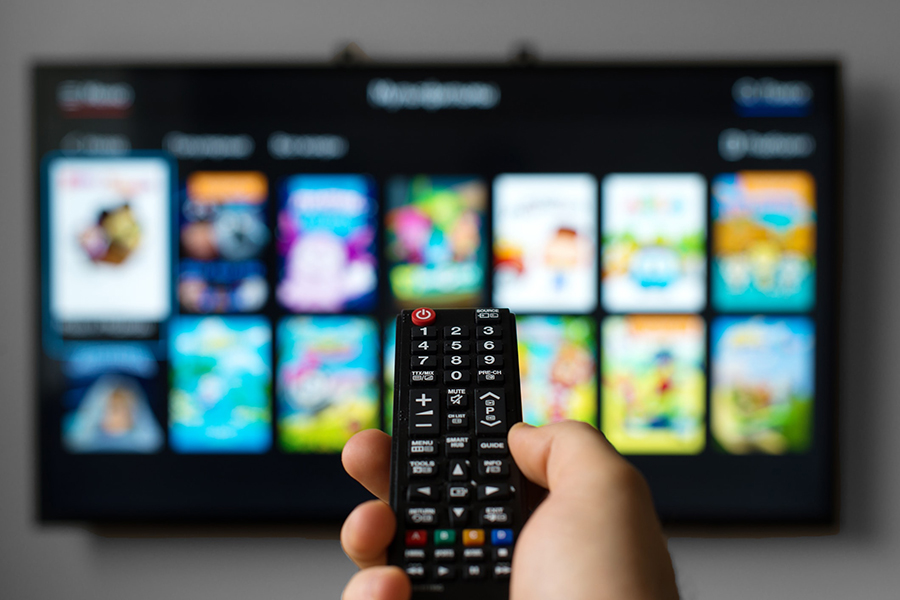
Do you have any tips on improving antenna reception? HD experience is important for everyone who watches TV and we usually choose better provider plans or streaming service features to make sure we are getting the best things that are available on the market.
If there is anything you are not sure you can do on your own, you should contact the experts and hire services that will help you with your issue. Sometimes, we can finish a task on our own, but in case you don’t want to risk damaging things or making them worse than they are, you should rely on professional help. When you contact a service, you will get great support and everything will be installed or repaired correctly so you don’t have to waste hours thinking what the next step is.


